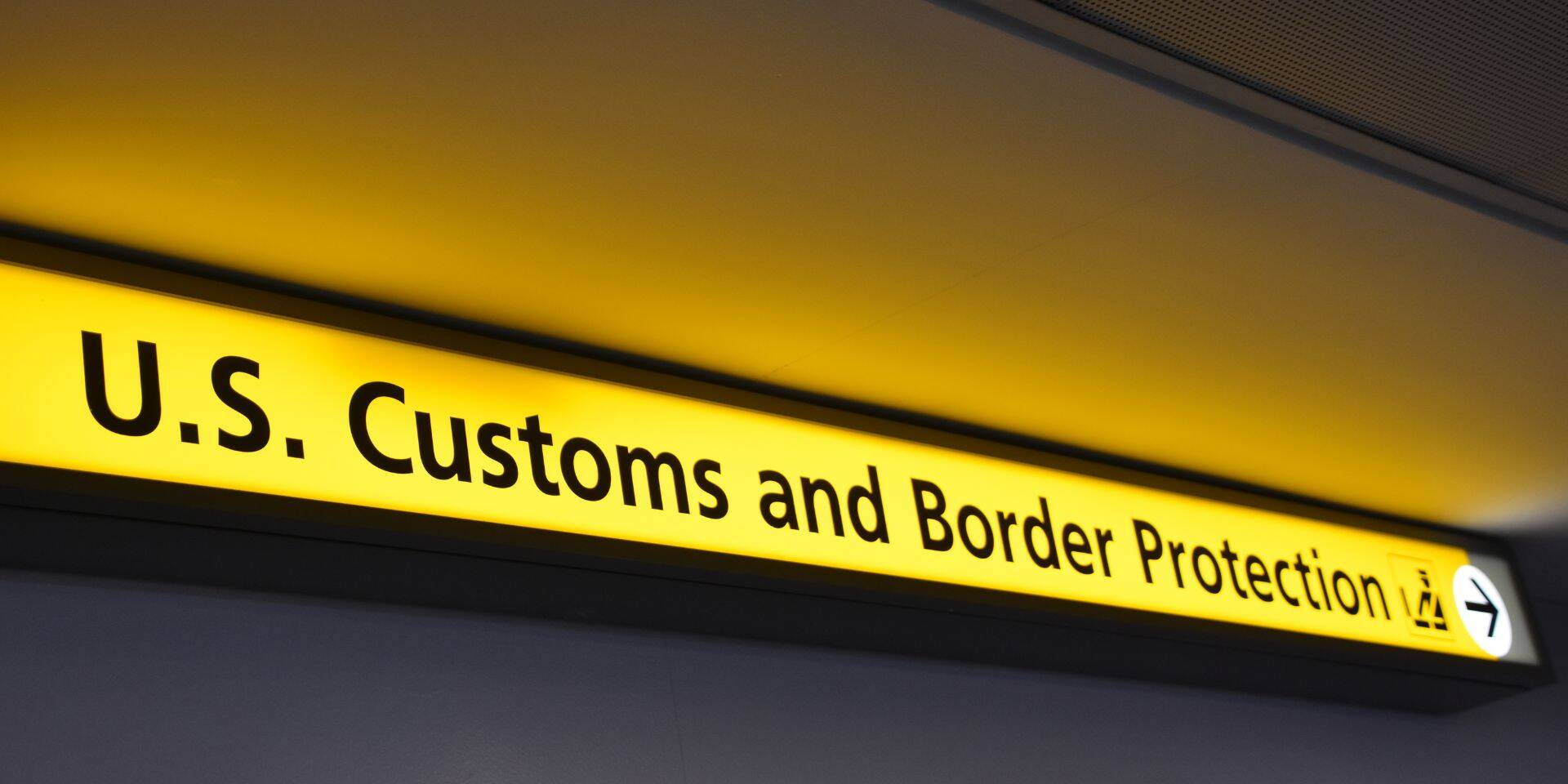Recently, USCIS updated its policy guidance regarding the Child Status Protection Act (“CSPA”), changing the way USCIS determines when an immigrant visa “becomes available.” Previously, USCIS considered a child’s age “frozen” if a visa number was available under the Final Action Date Chart of the Visa Bulletin at the time the I-485 application was filed. Now, the USCIS Policy Manual has been updated to reflect that USCIS will instead use the Dates for Filing Chart for calculating a child’s age under CSPA Policy.
While this news provides much-needed relief for those with pending applications and for those who will apply in the future, many have questions about what this means for those who never applied in the first place because they “aged out” under the previous guidance.
In its announcement, USCIS stated the new CSPA policy is effective immediately and applies to all pending applications. USCIS further stated that for previously filed applications that were denied based on the applicant “aging out,” USCIS will accept I-290B Motions to Reopen. While MTRs must typically be filed within 30 days of the decision, USCIS can accept an untimely filing if the delay was reasonable and beyond the noncitizen’s control. Here, the policy change justifies the delay, so USCIS has confirmed it will accept MTRs filed on this basis.
But what if you never applied in the first place, because you aged out before your priority date became current under the Final Action Chart? USCIS did not announce any retroactive application of the updated CSPA policy, beyond the possibility of MTRs for previously denied cases. Nonetheless, relief may still be available depending on the timeline of the specific case.
To benefit under CSPA, you must seek to acquire lawful permanent residence within 1 year. Your CSPA age is not frozen based on when you file the I-485 application. Instead, your age is “frozen” as of the first date of the month your priority date became current according to the Dates for Filing Chart, if USCIS announced they would use that chart. While the I-485 filing date is not relevant to the CSPA age calculation, you do have to meet the “sough to acquire” requirement within one year to benefit from CSPA. In other words, if you don’t file the I-485 within 1 year, your age will no longer be locked in.
This means that (1) if your priority became current under the Dates for Filing Chart sometime within the last year, (2) USCIS announced it would use the Dates for Filing Chart that month, and (3) there has not been any retrogression, you may be eligible to apply now to satisfy the 1-year requirement. Since this is a time-sensitive, fact-specific inquiry, you should seek counsel and act quickly to retain the CSPA benefit if eligible.
If more than 1 year has passed since your priority date became current under the Dates for Filing chart, this situation is a bit trickier and relief may not be possible. Under the USCIS Policy Manual, “adjustment applicants who fail to fulfill the sought to acquire requirement within 1 year of visa availability may still be able to benefit from CSPA if they can establish that their failure to meet the requirement was the result of extraordinary circumstances.”
USCIS explains that to establish extraordinary circumstances, the applicant must demonstrate that:
- The circumstances were not created by the applicant through his or her own action or inaction;
- The circumstances directly affected the applicant’s failure to seek to acquire within the 1-year period; and
- The delay was reasonable under the circumstances.
Here, the USCIS policy change may constitute extraordinary circumstances. So far, however, USCIS has not issued any official guidance regarding how they may treat an application filed now based on past eligibility. While there is certainly an argument that the sudden policy change constitutes extraordinary circumstances to justify retaining CSPA protections despite not meeting the 1-year requirement, this could also open the floodgates for thousands of filings at a time USCIS is already dealing with substantial backlogs.
The history of CSPA may be instructive on how USCIS will treat this situation. When CSPA was originally enacted on August 6, 2002, USCIS announced that “CSPA may still apply for a preference application who did not have an adjustment application pending” on that date. The USCIS Policy Manual explained that “a preference applicant whose visa became available on or after August 7, 2001, who did not seek to acquire within 1 year of such visa availability but who would have qualified for CSPA coverage had he or she applied, but for prior policy guidance concerning the CSPA effective date, may still apply for adjustment of status.” In other words, USCIS granted relief for those who did not apply based on the previous policy guidance, but only for a very limited scope of applicants (those who became eligible one year before the CSPA effective date).
It is possible USCIS may announce similar relief following this new policy change, but so far, the agency has been silent on the retroactive application of the new CSPA guidance. ILBSG will continue to monitor this issue and if USCIS provides any guidance, we will update our readers right away.
If you believe you may be eligible to file an I-485 application because you are within one year of the date your priority date became current under the Dates for Filing chart, please reach out to an ILBSG attorney today.
Related Posts
May 14, 2025
June 2025 Visa Bulletin: Modest EB-2 and EB-3 Movement, Slight F-4 Movement
The June 2025 visa bulletin will see…
May 8, 2025
Immigration Officials used Criminal Database for Student Visa Terminations
DHS revealed they used the FBI-ran NCIC…



